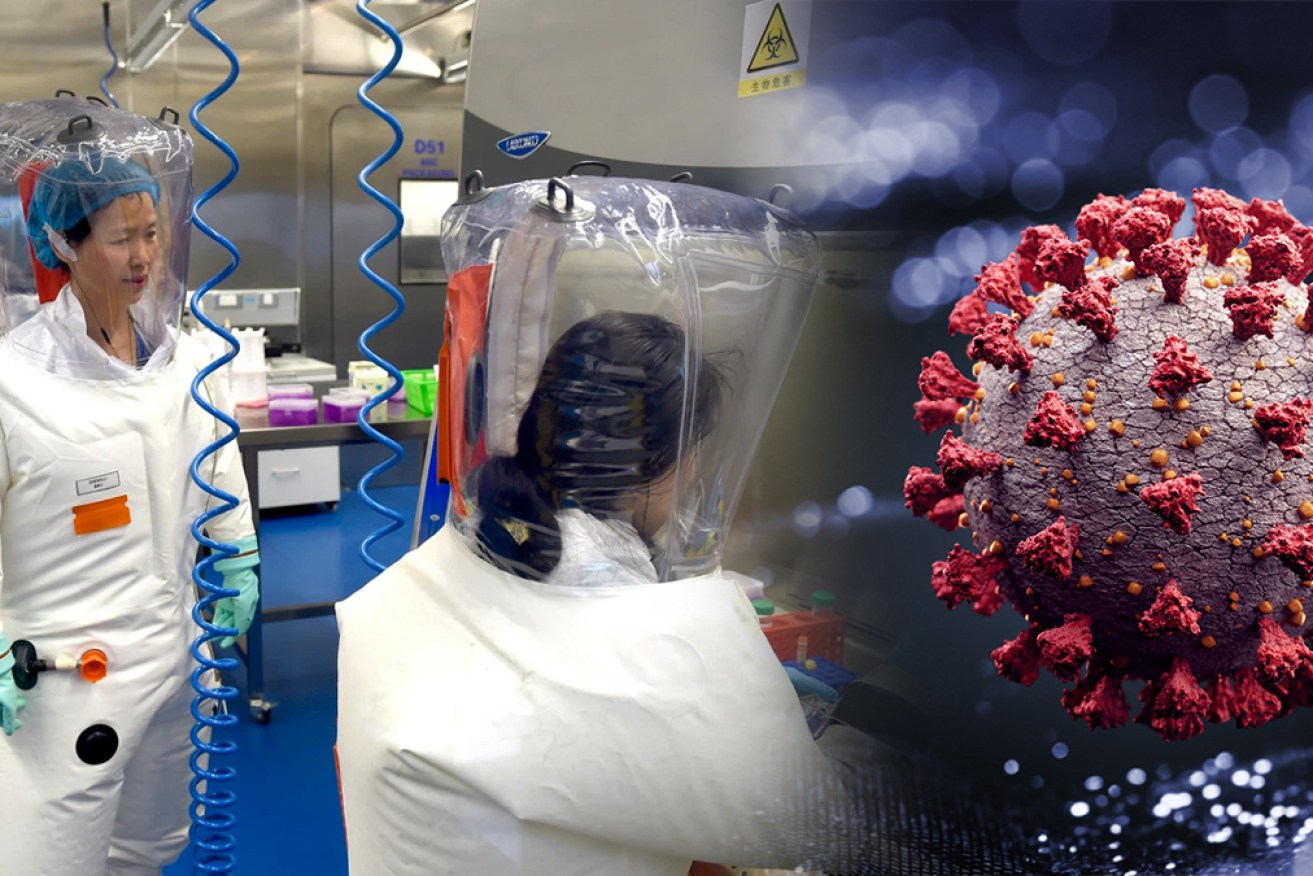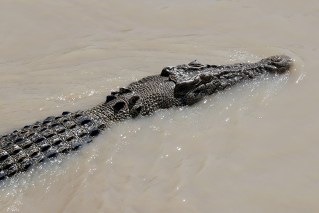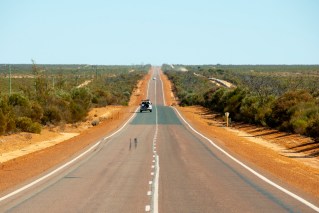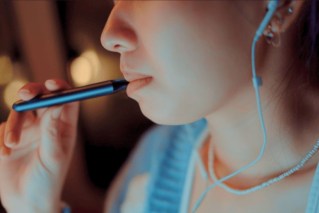The cloud of suspicion and denial over that Wuhan bio lab


There have been reports the coronavirus originated from a lab in Wuhan, China.
There’s a new rumour on the mill and it goes like this: “The coronavirus came from a lab in China.”
Intelligence and national security officials have revealed the US government is concerned that the new novel coronavirus spread from a Chinese laboratory, rather than a market.
Diplomatic cables first reported in the Washington Post revealed that in 2018, US scientists travelled to a research facility in Wuhan and sent two warnings back to Washington about the inadequate safety in the lab.
The lab was conducting what they deemed as risky studies on coronavirus from bats. Theit first cable warned that the lab’s work on bats and potential human transmission represented a risk of a new SARS-like pandemic.
At a White House conference this week, President Donald Trump was asked about the leaked documents.
“We are doing a very thorough examination of this horrible situation that happened,” he said.

President Donald Trump said the government was investigating. Photo: Getty
Secretary of State Mike Pompeo then went further. When asked on Fox News about the reports the virus escaped from the lab, he said Beijing needed to ‘come clean’.
“We know this virus originated in Wuhan, China,” Mr Pompeo said before noting the virus lab was only a handful of miles away from the wet market.
“We really need the Chinese government to open up” about how “exactly how this virus spread”, Mr Pompeo said. “The Chinese government needs to come clean.”
US security officials also stressed the intelligence community is exploring a range of theories regarding the origin of the virus, as is always the case in high-profile events.
The state-backed Wuhan Institute of Virology dismissed reports the virus escaped from one of its facilities and the Chinese government has unequivocally denied the theory, pointing to the fact the World Health Organisation has said there is no evidence.
“China’s position has been clear on the origin and transmission routes of the novel coronavirus,” Chinese Foreign Ministry spokesman Zhao Lijian said last week.
“The head of the World Health Organisation has repeatedly stated that there hasn’t been any evidence pointing to the virus being lab-created.
“Many renowned medical experts around the world have also described theories such as ‘lab leaks’ as lacking any scientific proof.”
But could it be true?
Only one thing is really certain – we just don’t know where COVID-19 came from.
But many of the world’s leading scientists have pushed back on the theory it escaped from the lab.
Virologists and infectious disease experts who study coronaviruses say there is enough evidence to assume the virus is new and came from nature.
A large group of them from the US, the UK and Australia, citing genome analyses from multiple countries, recently affirmed in The Lancet that the virus originated in wildlife.
“We stand together to strongly condemn conspiracy theories suggesting that COVID-19 does not have a natural origin,” they wrote.
“Scientists from multiple countries have published and analysed genomes of the causative agent, severe acute respiratory syndrome coronavirus 2 (SARS-CoV-2), and they overwhelmingly conclude that this coronavirus originated in wildlife.”
Evolutionary virologist professor Edward Holmes from the University of Sydney said the most likely explanation was that the virus came from a wild animal.
“There is no evidence that SARS-CoV-2, the virus that causes COVID-19 in humans, originated in a laboratory in Wuhan, China.
“Coronaviruses like SARS-CoV-2 are commonly found in wildlife species and frequently jump to new hosts. This is also the most likely explanation for the origin of SARS-CoV-2.”
And although it is likely the virus originated from bats before jumping to humans, we cannot be sure without more thorough testing, he said.

It is unlikely the virus ‘escaped’ from a lab. Photo: Getty
“The closest known relative of SARS-CoV-2 is a bat virus named RaTG13, which was kept at the Wuhan Institute of Virology. There is some unfounded speculation that this virus was the origin of SARS-CoV-2.
“However RaTG13 was sampled from a different province of China to where COVID-19 first appeared; and the level of genome sequence divergence between SARS-CoV-2 and RaTG13 is equivalent to an average of 50 years and at least 20 years of evolutionary change.
“Hence, SARS-CoV-2 was not derived from RaTG13.”
Professor Nikolai Petrovsky from the College of Medicine and Public Health at Flinders University said while it is unlikely, there are still a lot of unanswered questions, so and investigation was needed.
“An extremely important but still unanswered question is what was the source of COVID-19 virus,” Professor Petrovsky said.
“While COVID-19 has close similarities to SARS and other bat viruses, no natural virus matching to COVID-19 has been found in nature despite an intensive search to find its origins.
“This raises the very legitimate question of whether the COVID-19 virus might be the result of human intervention.
“Whilst the facts cannot be known at this time, the nature of this event and its proximity to a high-risk biosecurity facility at the epicentre of the outbreak demands a full and independent international enquiry to ascertain whether a virus of this kind of COVID-19 was being cultured in the facility and might have been accidentally released.”








